Best Film for the Canon EOS Rebel G
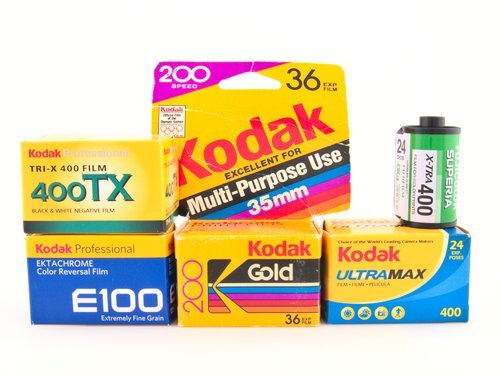
The best film to use in your Canon EOS Rebel G should depend on the lighting, lens, and type of film you want to shoot.
To avoid having to carry around a flash and/or tripod, pick a 35mm film that has an ISO of 400 or higher.
If you would like to shoot photos in low light, such as inside, ensure that you are using a fast lens. For lens ideas have a look at my short article on the 5 Best Lenses for the Canon EOS Rebel G.
Color Film
Affiliate Advertising Disclosure
Outside the Shot is a participant in the Amazon Services LLC Associates Program, an affiliate advertising program designed to provide a means for sites to earn advertising fees by advertising and linking to Amazon.com.
As an eBay Partner, I may be compensated if you make a purchase. I also participate in affiliate advertising programs with KEH and Adorama. More can be found on the Affiliate Discolsure page.
Consumer
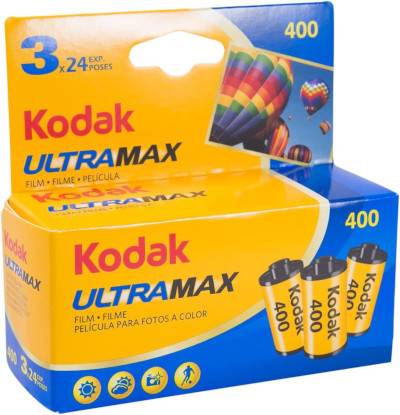
Kodak UltraMax 400 - A terrific option for an array of conditions. The film is fast enough so that you should be able to handhold the EOS Rebel G in almost all scenarios.
The photographs will have great skin tones and tend to be on the warm side.
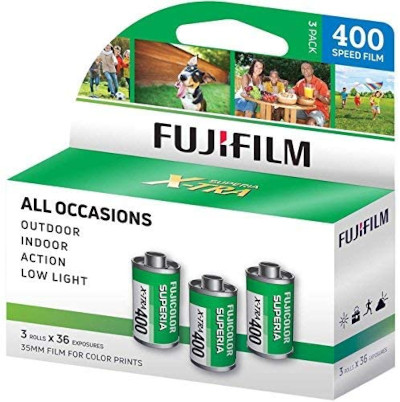
Fujifilm Superia X-TRA ISO 400 - An alternative to Kodak that could have far better availability depending on what country you are in.
Fuji photographs appear to have cooler tones with stronger blues and greens, compared to Kodak.
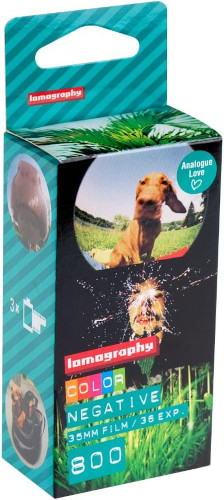
Lomography 800 - You’re limited to just a small number of possibilities if you want an ISO 800 speed color film. This is the only film stock geared towards consumers.
The film is also available in the 120 film format, to be used with medium format cameras.
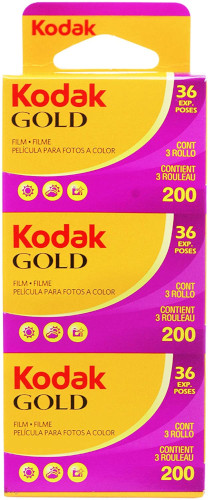
Kodak Gold 200 - A staple film that was launched in the mid-1980s. It provides the look of home snapshots from the 80s and 1990s. Use a flash to get the “authentic” film look.
To bring the ideal look out of the film, make sure to over-expose it by 1 or 2-stops. This will provide the stunning colors everyone loves Kodak Gold 200 for.
Professional
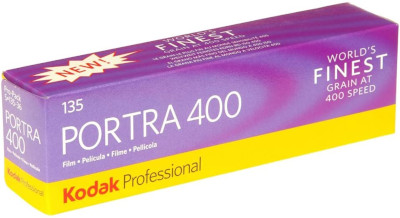
Kodak Portra 400 - By far the most popular color negative film among film enthusiasts online. Overexpose it by 1 or 2-stops to get the rendering the film is known for.
Portra is also available in ISO 800 and ISO 160 emulsions. As well as in rolls of 120 film, 4x5 sheets, and 8x10 sheets.
Black and White Film
Consumer
With reasonable costs and excellent quite popular to use in the Canon EOS Rebel G.
The main draw for photography students and budget minded photographers is the affordable price. Even if you don’t put yourself in those groups, it is nice to have low cost rolls of film available for testing recently obtained used cameras.
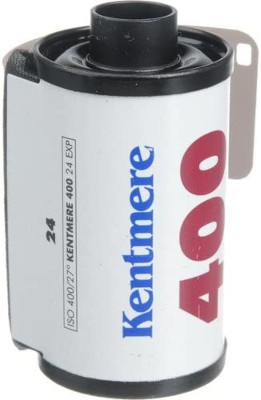
Kentmere 400 - It is produced by the parent company of Ilford, Harmon Technology. This is great because that allows this to be the most commonly available film out of the 3.
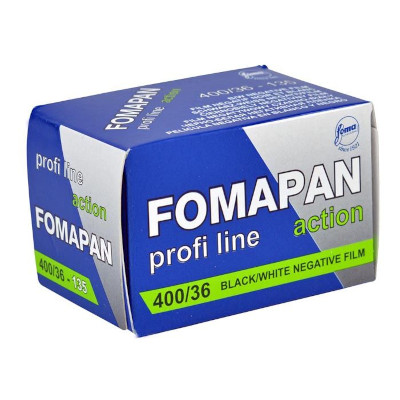
Foma Fomapan 400 Action - It’s less difficult to get in Europe as the film is manufactured out of the Czech Republic by Foma Bohemia.
A good film stock to use for your first couple of attempts at developing film at home or analog photography. Also a good selection if you are attempting to try out a camera to confirm that it’s fully functional.
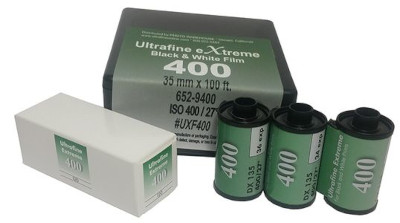
Ultrafine eXtreme 400 - The cheapest place to buy this film is straight from Ultrafine.
If you develop color 35mm film at home, you might have used developer produced by them to develop your film.
Professional
The 2 most commonly used black & white film emulsions are Kodak Tri-X 400 and Ilford HP-5 Plus 400. They have a large amount of capabilities in common that help make them so well received, while preserving different looks.
You can get good results after pushing both emulsions 2-stops. This makes the film versatile as a roll can be shot at ISO 400, 800, or 1600.
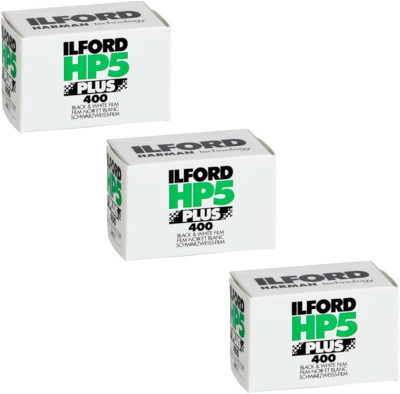
Ilford HP5 Plus 400 - Between the two film emulsions, HP5 Plus has lower levels of contrast and is more affordable. Less contrast can be a benefit due to the fact contrast can be changed when making a print or through digital post processing.
The film stock still looks great when pushed 2-stops. It is also recognized as having subtle grain.
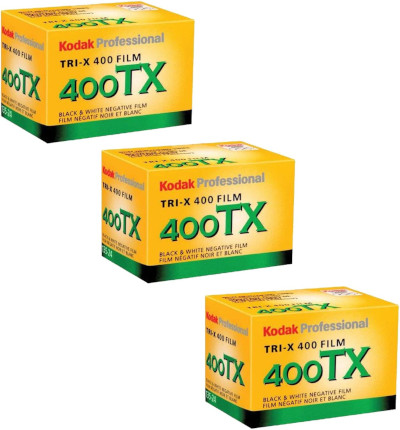
Kodak Tri-X 400 - This film emulsion has got a more distinctive aesthetic to it. To reveal the legendary grain structure, contrast, and look of the film, it will need to be processed in Kodak D-76.
You will definitely notice a higher level of contrast with Tri-X. That is notable if it’s the look and feel you will want because it results in considerably less work when making a print or during digital processing.
Transparency Film
Reversal film, also known as slide or transparency film, provides a positive image. That means a lightbox or projector can be used to view the photos.
This is unique from the more prevalent negative films that make images that need the colors to be inverted in order to be seen.
Slide films are viewed as very difficult to shoot because slide film has substantially less latitude and dynamic range when compared to negative film.
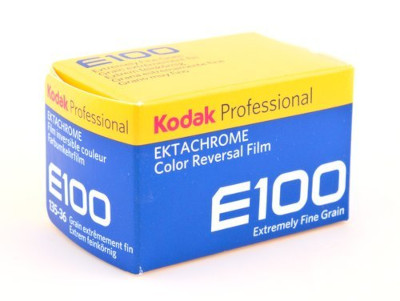
Kodak Ektachrome 100 - This is a fine grain film known for beautiful skin tones. The colors won’t be seen as oversaturated. It’s daylight balanced.
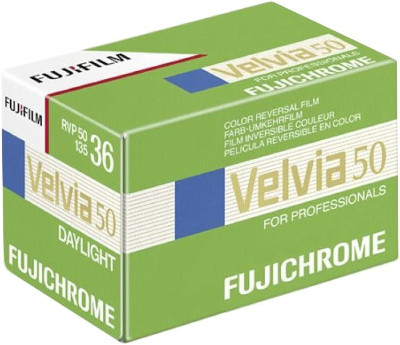
Fujifilm Velvia 50 - Produces signature looking shots that have elevated amounts of saturation and contrast. It is razor-sharp with a daylight color balance. It has the best resolving power of any elevated elevated.
It is also available in an ISO 100 speed.
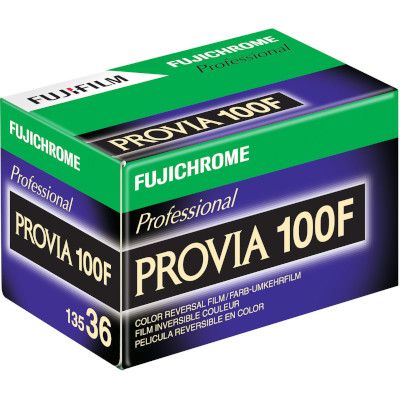
Fujichrome Provia 100F - Creates vivid and natural colors with medium color saturation and contrast. It’s a ultra fine grain film with a daylight color balance.
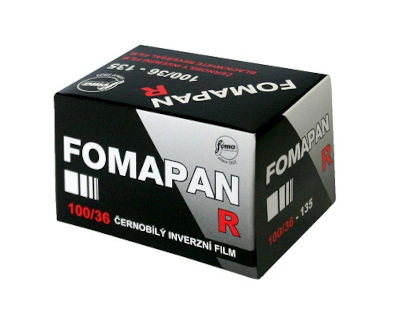
Foma Fomapan R100 - This is a black and white slide film, claimed by Fomapan as having higher levels of contrast, fine grain, and very good resolving power. It’s also regarded as a replacement for the long discontinued Agfa Scala slide film.
Film Basics
Consumer vs Professional Film
Pro films cost more due to the fact that they have improved latitude, are easier to push, and increased dynamic range.
There’s a difference in supply. Consumer film emulsions can usually still be bought in pharmacies and big-box stores in small amounts. Pro film emulsions will need to be ordered from a camera store or online.
ISO
The ISO represents the film speed, that can also be thought of as the film’s light sensitivity.
The less light available to get an image, the bigger the ISO will have to be. Also, be prepared for more noticeable film grain.
ISO 100 and slower films (ISO 50, ISO 25, etc) may be problematic to shoot handheld with the EOS Rebel G. The will probably take longer will most likely take more time than what you could handhold without resulting in motion blur unless you are working in full sun.
A flash, fast lens, and/or tripod are going to assist you with longer exposure times. Using a high speed ISO 800 or ISO 400 film is likely to make the additional accessories not needed.
As a quick note, the ISO selection knob is marked as ASA on the Canon EOS Rebel G. The shift to labeling ISO from ASA (American Standards Association) happened after the creation of the International Standards Organization (ISO).
Latitude
Latitude is the range of stops a film can be overexposed while having tolerable results. Professional film emulsions have a larger latitude along with a somewhat increased price.
Negative film has more latitude when compared to slide film. That is a reason it’s thought of difficult to shoot.
Dynamic Range
Dynamic range represents the range between the highlights and shadows parts of a picture that can be recorded. Areas of an image that don’t fit within this range will be rendered as totally white overexposed highlights or completely black underexposed shadows.
When working in a wide variety or quickly changing lighting conditions, films with a bigger dynamic range are a much better choice.
- Digital cameras 14+ stops
- Negative film up to 13 stops
- Slide film 6-8 stops
The limited dynamic range of transparency film is another reason why it is considered tough to shoot. A great time to try it out is during the golden hour.
Film Type
35mm film that is in canisters is used by the Canon EOS Rebel G. In addition, it’s the most popular film format and in some instances is called 135 film.
120 or 220 film, used by medium format cameras, is the only other film format you are likely to notice}.
Switching the film emulsion you are using will transform the look of your images. This is one of the fantastic things about shooting film.
DX Coded Film
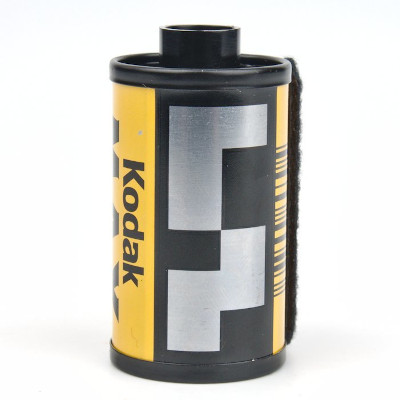
Almost all commercially available 35mm film distributed at this time has a DX code. This allows electronically controlled cameras to automatically detect and set the ISO of the canister loaded into the camera.
DX-coding won’t matter for the Canon EOS Rebel G because ISO needs to be manually selected with the ASA knob.
Canon EOS Rebel G Resources
Where to Get 35mm Film Developed?
There are limited possible choices for where to have 35mm film developed. For a more extensive explanation of the choices look at my guide on Where to Get Film Developed.
WARNING: Pharmacies and big box stores no longer process film locally. They send film off to be processed by a separate company. That is why, you will not get your negatives back.
- Develop Film at Home
- Use a Local Photography Lab
- Use a Mail Order Photo Lab
- Pharmacy or Big Box Store
Sending your film to a mail-order lab to be processed and scanned is the easiest option if you are just starting to shoot film. If you consistently shoot film, this can be a disadvantage since it can get expensive.
So long as you’re going through a medium to high volume of film, there are a couple of activities that you are capable of doing to greatly reduce your expenses.
Bulk Loading Film
Buying a roll of 100’ of film and loading in into canisters by hand is certainly one of the most well known methods to lower your expenses.
A 100’ roll should load typically around 18 canisters of film with 36 exposures. Depending on the film stock you will probably save 20%-30%.
Keep in mind that you’re only going to find rolls of black & white film. This is due to black and white film is quite a bit easier and cheaper to process yourself.
Home Developing and Scanning
All film can be processed by hand. It is a great method to cut costs so that you can shoot more film with your Canon EOS Rebel G.
Black and white film is by far the simplest to process. Developer temperature and development times are both not as crucial to do correctly with black and white films as time and temperatures are for color negative or transparency film.